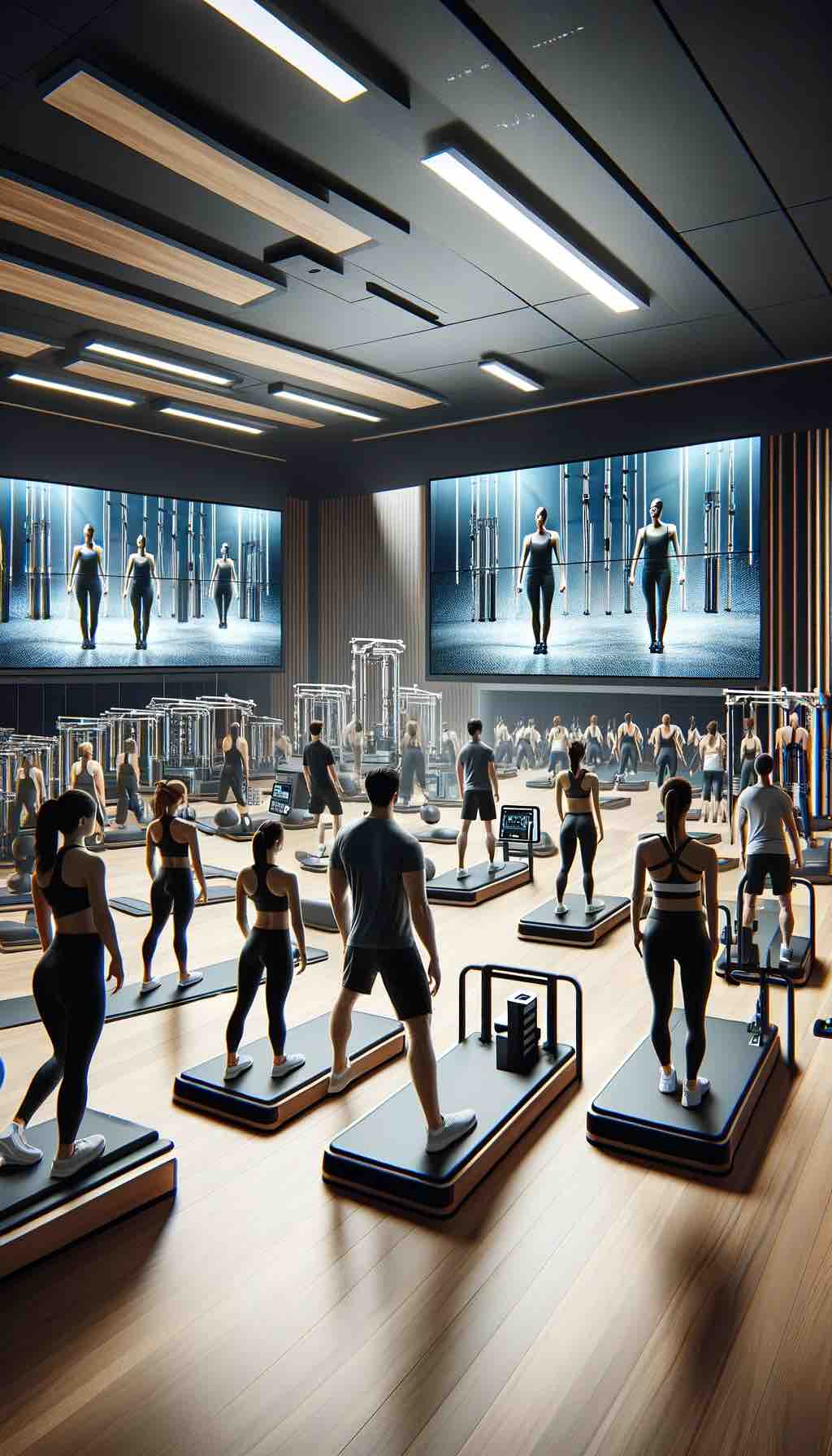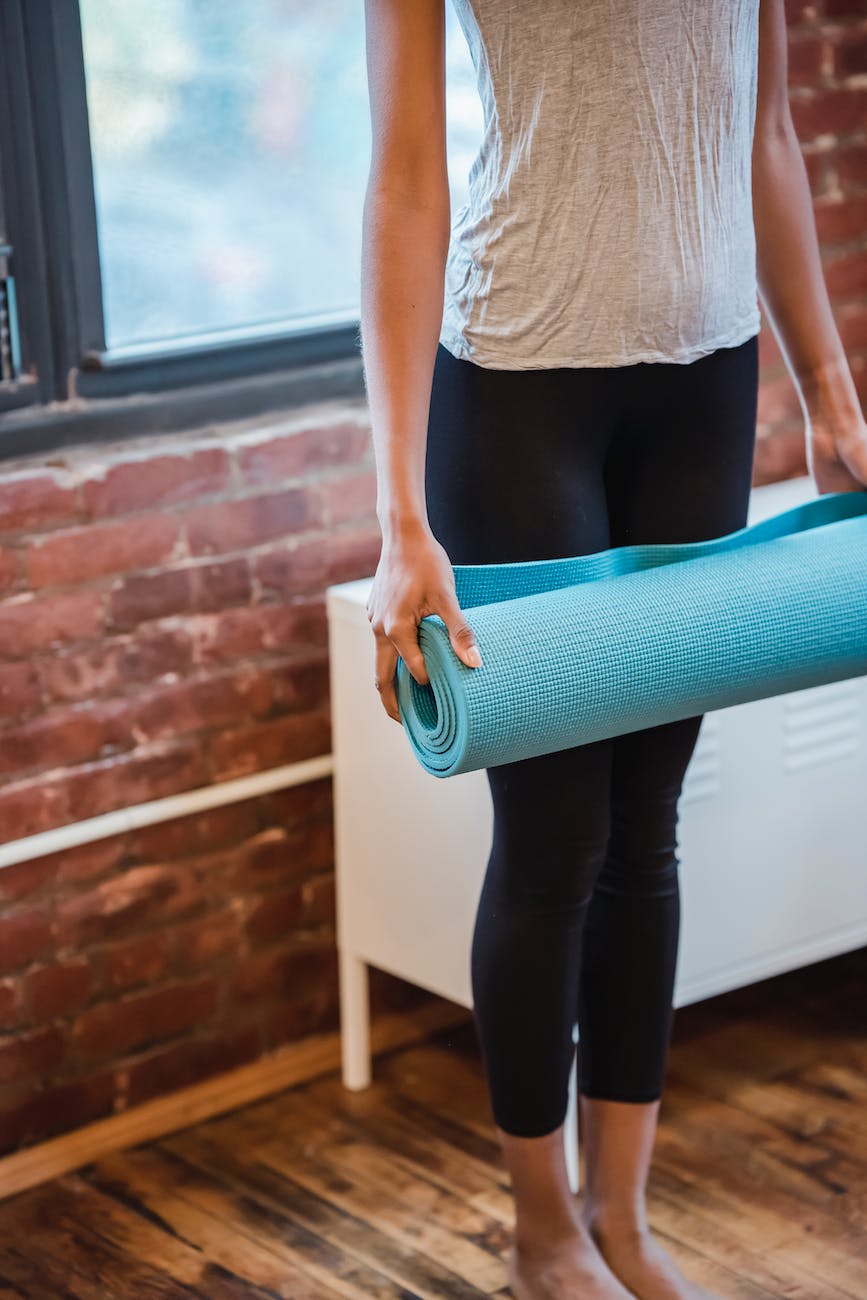
Embrace the Power of Pilates for a Stronger, Leaner Lower Body
Welcome to a fitness revolution that’s all about reshaping and empowering! If you’re aiming for toned thighs and a perky booty while craving a workout that’s effective, enjoyable, and uniquely challenging, look no further. Let’s delve deep into a 30-minute standing Pilates routine masterfully created by Eleni Fit. This workout is meticulously designed to burn fat and tone muscles, all with zero jumping and no repeat exercises for a truly diverse experience.
Understanding Standing Pilates: A Modern Twist to Classic Pilates
Standing Pilates takes the core principles of traditional Pilates – control, precision, and focused breathing – and elevates them to a standing format. This innovative approach not only zeroes in on your lower body but also enhances overall balance and posture. It’s a comprehensive workout method that harmonizes body and mind, bringing about a transformation that’s both visible and deeply felt.
Workout Dynamics: Dive into the Details
- Duration and Format: A full 30-minute session. The workout follows a pattern of 40 seconds of activity followed by 10 seconds of rest, ensuring you get the most out of every exercise without overexerting yourself.
- Focus Areas: This routine primarily targets the thighs and buttocks, areas often overlooked in standard workouts.
- Unique Approach: By incorporating no jumping and no repeat exercises, this workout keeps things fresh, engaging, and free from the tedium of repetition.
The All-Round Benefits: Beyond Just Toning
- Muscle Toning and Sculpting: Specifically curated to chisel and strengthen the lower body, enhancing muscle definition and endurance.
- Fat Burning and Weight Management: Expect to burn between 200 – 300 calories per session, contributing significantly to fat loss and weight management.
- Improved Posture and Balance: Standing Pilates exercises engage your core, enhancing stability, posture, and balance.
Deep Dive into the Workout: A Closer Look
The workout begins with a comprehensive warm-up, preparing your muscles and joints for the session. Each exercise is thoughtfully chosen to target different muscle groups in the legs and buttocks, ensuring a well-rounded workout. The standing format adds a balance challenge, further engaging your core and enhancing overall body awareness.
Is This Workout Right for You?
This routine is a perfect fit for:
- Anyone looking to focus on lower body toning.
- Those preferring low-impact workouts that are kind on the joints.
- Busy individuals needing an efficient, effective workout that fits into a hectic schedule.
Maximizing Your Workout: Tips and Safety
- Focus on Form: Proper form is crucial. Pay attention to your posture to reap the full benefits and prevent injuries.
- Modifications: Feel free to modify the exercises to suit your fitness level. The key is consistent, comfortable progress.
- Hydration and Rest: Keep hydrated and take breaks if needed. Listening to your body is paramount.
Step-by-Step with Eleni Fit: Your Video Guide
To ensure you’re on the right track, we’ve embedded Eleni Fit’s 30 Min Standing Pilates Workout video. Follow along for a guided experience that ensures you perform each exercise correctly and safely.
Join the Movement: Start Today!
Why wait to transform your lower body? With this 30-minute standing Pilates workout, embark on a journey to a stronger, more sculpted you. We’re eager to hear about your progress and experiences, so feel free to share and inspire others in our community!
10 FAQs for Standing Pilates Workout
- Q: Is standing Pilates good for beginners?
- A: Yes, standing Pilates is excellent for beginners. It focuses on balance and muscle toning, which are great for those new to fitness.
- Q: What are the primary benefits of a standing Pilates workout?
- A: Standing Pilates improves muscle tone, especially in the lower body, enhances balance and posture, and contributes to overall body strength.
- Q: How long is this particular standing Pilates workout?
- A: The workout by Eleni Fit is 30 minutes long, providing a comprehensive session for lower body toning.
- Q: Do I need special equipment for standing Pilates?
- A: No special equipment is necessary. You may want a mat for comfort, but it’s not essential.
- Q: Can standing Pilates help with weight loss?
- A: Combined with a balanced diet, standing Pilates can be part of a weight loss regimen due to its muscle-toning and calorie-burning effects.
- Q: Is this workout suitable for people with knee problems?
- A: Since it’s low-impact, it can be suitable, but it’s always best to consult with a healthcare professional first.
- Q: How often should I do this workout for the best results?
- A: For noticeable results, aim to do the workout 3-4 times a week. However, listen to your body and adjust as needed.
- Q: Can standing Pilates improve flexibility?
- A: Yes, it can improve flexibility, particularly in the lower body, as many of the exercises involve stretching movements.
- Q: Will this workout be effective for core strengthening?
- A: Absolutely. Standing Pilates engages the core throughout the workout, enhancing core strength and stability.
- Q: Can older adults do standing Pilates?
- A: Yes, it’s suitable for older adults. Just ensure movements are done within a comfortable range of motion.
Blog Tags for the Post
standing pilates, lower body workout, home fitness, muscle toning, balance and posture, beginner-friendly, 30-minute workout, thigh toning, butt sculpting, pilates exercise, no equipment workout, fitness routine, healthy lifestyle, body strengthening, core workout, flexibility training










